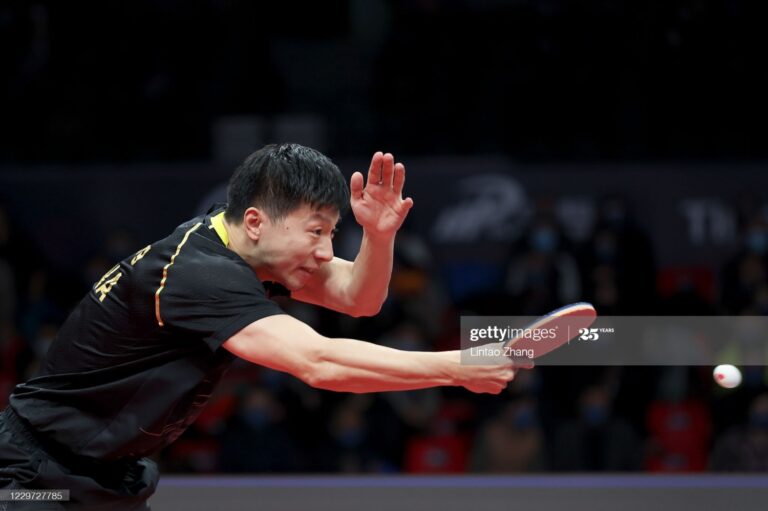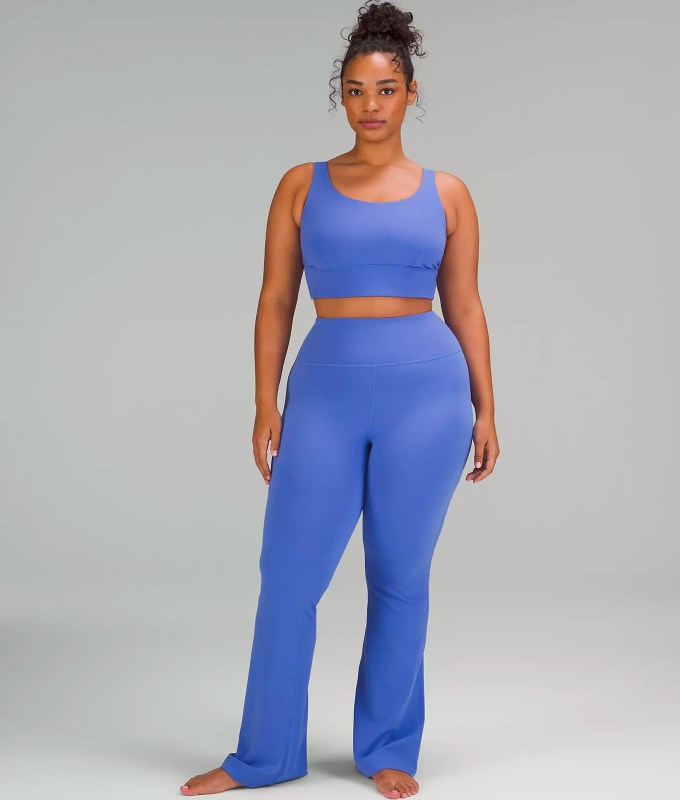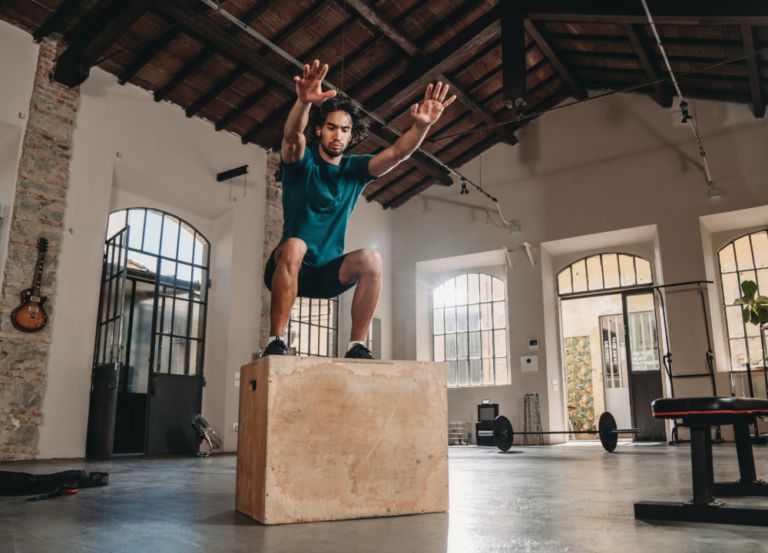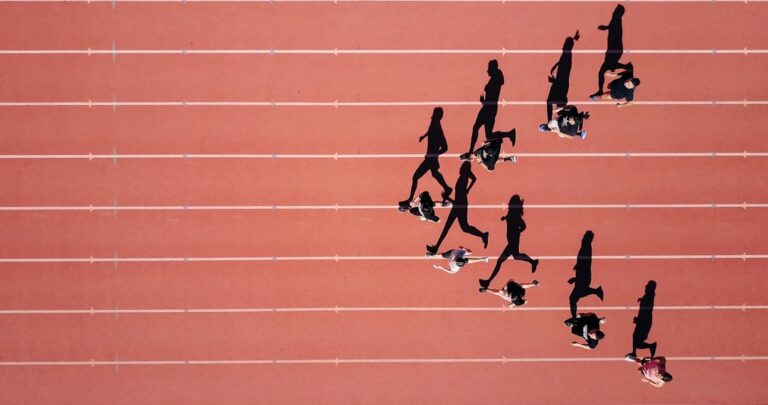Stick handling is a fundamental skill in hockey, lacrosse, and field hockey. It involves controlling and maneuvering the stick to maintain possession of the ball or puck, as well as to pass, shoot, and score. Stick handling is crucial for players in all positions, as it allows them to navigate through opponents, create scoring opportunities, and contribute to their team’s success.
Key Takeaways
- Stick handling is a crucial component of hockey, lacrosse, and field hockey.
- Wooden sticks have evolved over time in these sports.
- Understanding the anatomy of a wooden stick is important for choosing the right one.
- Proper grip, posture, and body positioning are fundamental to stick handling.
- Stick handling includes dribbling, passing, shooting, deception, fakes, and tricks.
The Evolution of Wooden Sticks
Wooden sticks have a long history in each of these sports. In hockey, wooden sticks were the norm until the 1980s when composite sticks made from materials like fiberglass and carbon fiber started to gain popularity. In lacrosse, wooden sticks were used for centuries before synthetic materials like aluminum and titanium were introduced. Similarly, in field hockey, wooden sticks were the standard until the 1970s when fiberglass and other synthetic materials became more prevalent.
Advancements in stick design and materials have revolutionized the game. The introduction of composite sticks has allowed for lighter and more durable options that offer improved performance. These sticks provide players with better control, increased power in their shots, and enhanced accuracy. The evolution of stick design has also led to changes in blade shape and curve patterns, allowing for more precise shooting and passing.
The Anatomy of a Wooden Stick
A wooden stick consists of several key components. The shaft is the long part of the stick that players hold onto. It can vary in length depending on the player’s preference and position. The blade is the flat part at the end of the stick that comes into contact with the ball or puck. It is usually curved to help with shooting and passing.
When choosing a wooden stick, it’s important to consider factors such as length, flex, and curve pattern. The length of the stick should be based on the player’s height and position. A longer stick provides more reach but may sacrifice control, while a shorter stick offers better control but limits reach. The flex of the stick refers to its ability to bend when pressure is applied. A stiffer stick provides more power in shots, while a more flexible stick allows for better puck or ball control. The curve pattern of the blade affects the trajectory of shots and passes. Different curve patterns suit different playing styles and positions.
Fundamentals of Stick Handling
| Category | Metric | Value |
|---|---|---|
| Accuracy | Shooting percentage | 15% |
| Speed | Top speed | 20 mph |
| Control | Puck possession time | 30 seconds |
| Technique | Stickhandling drills completed | 50 |
To excel in stick handling, players must focus on their grip, posture, and body positioning. The grip should be firm but not too tight, allowing for quick and precise movements. Proper posture is essential for balance and stability. Players should keep their knees slightly bent, back straight, and head up to maintain good body positioning.
Basic stick handling techniques include the push-pull motion, where players use their top hand to push the stick forward while pulling it back with their bottom hand. This motion allows for better control and maneuverability. Players can also use the toe drag technique, where they drag the ball or puck with the toe of the blade to change direction quickly and deceive opponents.
Essential Stick Handling Techniques
Dribbling, passing, and shooting are essential stick handling techniques that players must master. Dribbling involves maintaining control of the ball or puck while moving with it. Players should use quick and short movements to keep the ball or puck close to their stick for better control.
Passing is a crucial skill for teamwork and creating scoring opportunities. Players should focus on accuracy and speed when passing the ball or puck to their teammates. Shooting is another vital skill that requires precision and power. Players should practice shooting from different angles and distances to improve their accuracy and develop a strong shot.
To improve stick handling skills, players can focus on their hand-eye coordination, agility, and quickness. They can also practice using both sides of their stick to enhance their versatility on the field or ice.
Advanced Stick Handling Skills

Once players have mastered the basic stick handling techniques, they can move on to more advanced skills such as deception, fakes, and tricks. Deception involves using body movements and stick handling techniques to mislead opponents and create scoring opportunities. Fakes are used to deceive opponents by pretending to make a move in one direction before quickly changing direction. Tricks, such as the toe drag or the lacrosse-style scoop shot, can be used to surprise opponents and score goals.
Incorporating these advanced stick handling skills into gameplay requires practice and creativity. Players should focus on timing, coordination, and reading the game to effectively use these techniques.
The Role of Stick Handling in Offensive and Defensive Play
Stick handling plays a crucial role in both offensive and defensive play. In offense, stick handling allows players to maintain possession of the ball or puck, create scoring opportunities, and set up plays. It also enables players to navigate through opponents and avoid turnovers.
In defense, stick handling is essential for intercepting passes, disrupting the opponent’s plays, and regaining possession. It allows defenders to poke check or sweep the ball or puck away from opponents, preventing them from advancing or scoring.
Strategies for using stick handling to your advantage include protecting the ball or puck with your body, using quick changes of direction to confuse opponents, and maintaining good body positioning to shield the ball or puck from defenders.
Stick Handling Drills and Exercises
To improve stick handling skills, players can incorporate specific drills and exercises into their practice routine. These drills focus on developing hand-eye coordination, agility, quickness, and stick control.
One drill is the figure-eight drill, where players move the ball or puck in a figure-eight pattern around cones or obstacles. This drill helps improve control and agility. Another drill is the one-handed stick handling drill, where players practice controlling the ball or puck with only one hand on their stick. This drill enhances hand-eye coordination and stick control.
Players can also practice stick handling in small areas, such as in a confined space or using a smaller ball or puck. This helps improve quickness and close-quarters control.
The Future of Stick Handling
The future of stick handling lies in new technologies and innovations in stick design. Manufacturers are constantly developing new materials and designs to enhance performance. For example, there are sticks with built-in sensors that provide real-time feedback on stick handling technique and performance. These advancements may revolutionize the way players train and improve their skills.
Additionally, advancements in 3D printing technology may allow for customized stick designs tailored to individual players’ preferences and playing styles. This could lead to sticks that offer optimal performance and comfort for each player.
Stick handling is a fundamental skill in hockey, lacrosse, and field hockey. It allows players to maintain possession, create scoring opportunities, and contribute to their team’s success. The evolution of wooden sticks has led to advancements in design and materials, improving performance and durability.
To excel in stick handling, players must focus on their grip, posture, and body positioning. They should master basic techniques such as dribbling, passing, and shooting before moving on to more advanced skills like deception and tricks.
Stick handling plays a crucial role in both offensive and defensive play, allowing players to maintain possession, create scoring opportunities, and disrupt the opponent’s plays. Incorporating specific drills and exercises into practice routines can help improve stick handling skills.
The future of stick handling lies in new technologies and innovations in stick design. These advancements may revolutionize the way players train and improve their skills. Overall, stick handling is an essential skill that every player should focus on developing to become a well-rounded athlete in their respective sport.
If you’re a fan of sports that involve a wooden stick, you’ll definitely want to check out this article on Off to Sports. It explores a variety of sports that use a hockey stick, from ice hockey to field hockey and everything in between. Whether you’re an aspiring player or just a curious observer, this article provides fascinating insights into the different sports that rely on this versatile piece of equipment. So grab your stick and head over to Off to Sports to dive into the world of stick-based sports!
How Does Stick Handling Play a Role in Safety During Extreme Sports Like Hockey and Lacrosse?
Stick handling is critical in improving control and precision during high-intensity activities like hockey and lacrosse. Mastering this skill helps players maintain balance and avoid unnecessary collisions, which directly supports extreme sports safety precautions. Proper handling reduces risks, ensuring players can focus on performance while minimizing the chances of injury.





